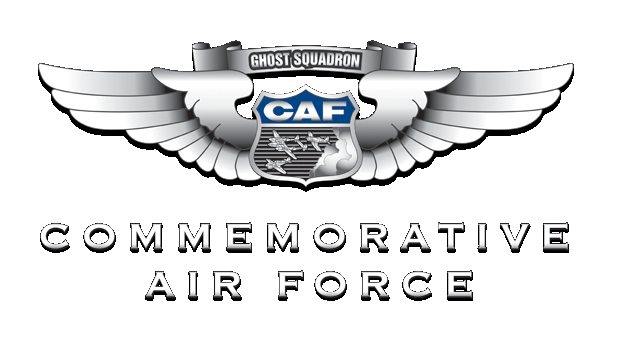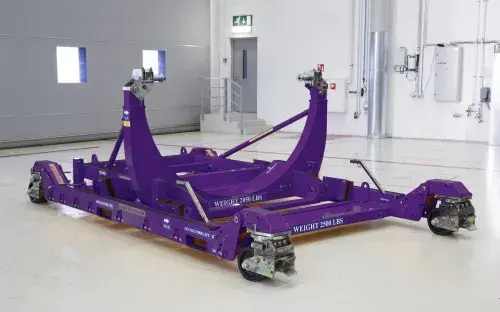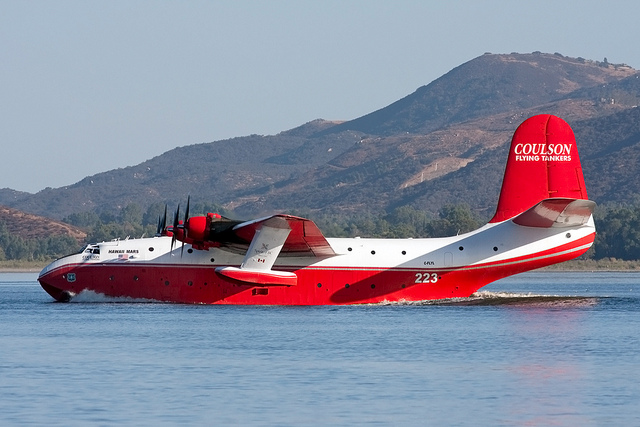“Vintage Aviation News staff did not write this article; the content comes via our partners who wish to help support our website.”
Short-term aircraft overhauls often demand fast, reliable solutions, especially when time on the ground means lost revenue. One key element in ensuring an efficient process is having the right ground support equipment, such as engine stands. In AOG (Aircraft on Ground) situations, the urgency is even greater – once an aircraft is grounded, it can be almost too late to coordinate logistics without incurring high costs in both time and resources. That’s why having flexible access to equipment becomes critical. While owning these tools may seem like the default option, renting engine stands is becoming an increasingly practical alternative. For operators, MROs, and leasing companies, rental offers flexibility, cost control, and access to certified equipment, right when it’s needed most. Let’s take a deeper look.
Flexibility and Cost-Effectiveness
Short-term aircraft overhauls can be unpredictable, and investing in expensive engine stands for occasional use may not be financially practical. Renting provides a smart alternative, especially when there’s no long-term need for ownership. It eliminates ongoing costs tied to storage, maintenance, and depreciation, freeing up both budget and space. With rental, you only pay for what you use, and durations can be adjusted to match specific project timelines. Whether it’s a narrow-body engine or a wide-body application, rental providers typically offer a wide array of stands. Magneticenginestands.co services, for example, include flexible rental terms that support both scheduled maintenance and last-minute requirements. This adaptable model helps operators stay efficient without committing to costly capital assets.
Quick Access to Certified Equipment
When timing is critical, such as during unplanned maintenance or Aircraft on Ground (AOG) events, having immediate access to the right equipment can make all the difference. Renting engine stands ensures quick availability of ready-to-use units that are fully certified and OEM-approved. This means operators and MROs can trust the equipment from day one, without delays tied to inspections, approvals, or setup. Whether it’s a planned overhaul or an urgent repair, access to reliable and compliant stands helps minimise downtime and keep operations moving. For time-sensitive tasks, renting removes the logistical burden and provides peace of mind that the equipment is fit for use.
Logistics and Global Reach
One of the key advantages of renting engine stands is the convenience of well-managed logistics. Many rental providers operate with a global network, offering delivery and return services to major aviation hubs and maintenance centres worldwide. This level of support is especially valuable when overhauls need to be performed quickly or when maintenance is conducted away from an operator’s main base. Strategically located hubs enable the dispatch of engine stands on short notice, thereby reducing wait times and maintaining project schedules. EngineStands24, for example, has expanded its global footprint with multiple hubs across key regions, including Tallinn, Amsterdam, Dubai, Miami, and a newly established location in Singapore, which was signed during MRO Asia-Pacific. These hubs are important in serving operators quickly, particularly in time-sensitive situations. The return process is typically just as smooth, with coordinated pick-up and transport arranged by the provider. This logistical efficiency helps streamline turnaround times, ensuring that maintenance crews can focus on the task at hand rather than on equipment handling. For airlines and MROs managing tight schedules, the ability to quickly access and return equipment globally is a significant operational advantage.
Operational Efficiency for MROs and Airlines
For Maintenance, Repair, and Overhaul (MRO) providers as well as smaller airlines, renting engine stands offers a smart way to operate without the burden of maintaining a large inventory. Instead of investing in multiple stands that may sit unused for long periods, renting allows organisations to bring in equipment only when it’s needed. This approach helps free up valuable workshop space and improves cash flow by avoiding upfront purchases and ongoing maintenance costs. Once the job is complete, the stands can be returned easily – no need for long-term storage or asset management. By removing these logistical and financial pressures, renting supports more streamlined operations, particularly for companies seeking to remain agile in a competitive and fast-paced industry.
























